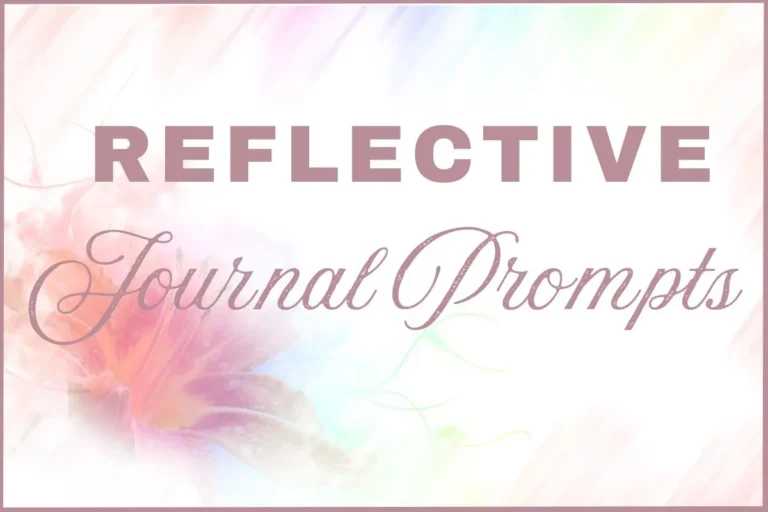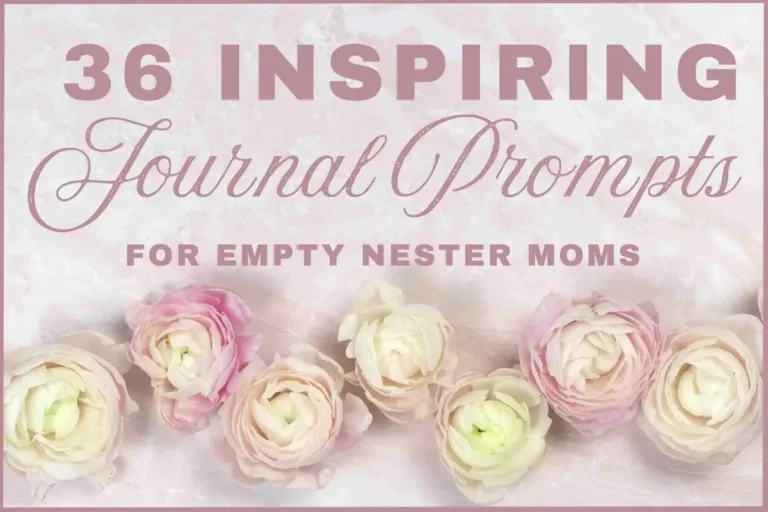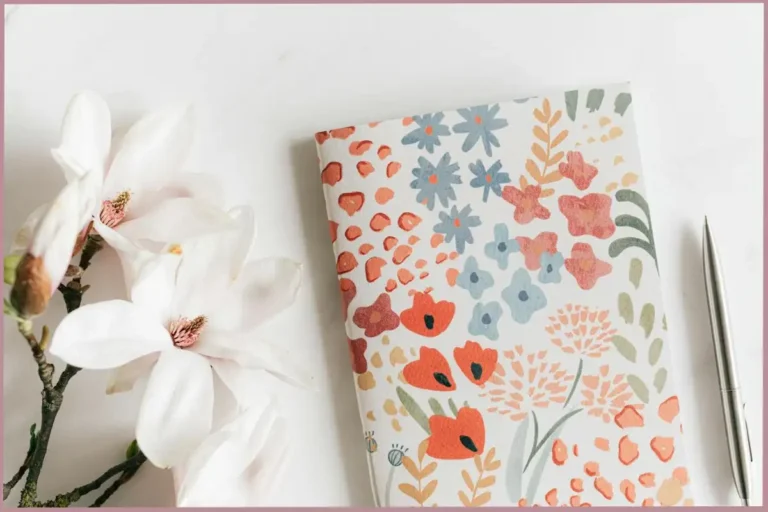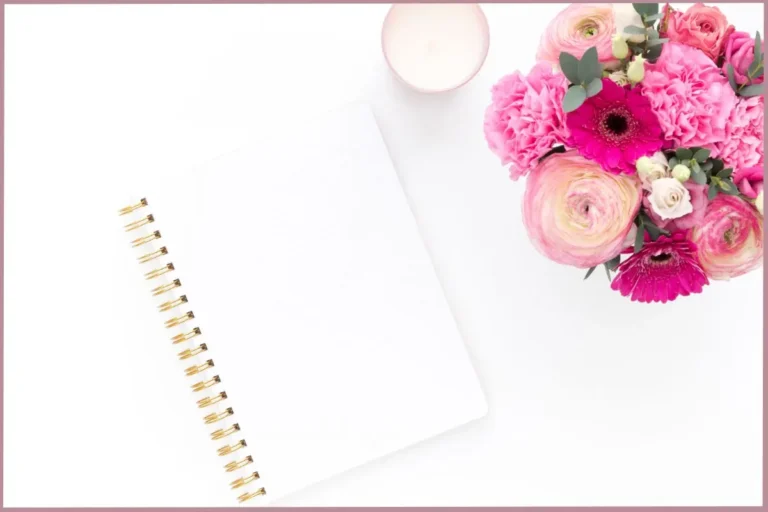How To Start Journaling To Rediscover Yourself: An Empty Nester’s Guide
Not sure how to start journaling to rediscover yourself as an empty-nester?
Start where you are!
Pick up a pen, let go of expectations, and allow your writing to become a simple yet powerful tool for uncovering who you are beyond being a mom.

Starting the empty nester chapter in life often comes with mixed emotions and a bitter sweet feeling.
You might find yourself reflecting on the life you’ve built so far, while also wondering what lies ahead.
There’s a sense of freedom, but also uncertainty.
If you’re feeling this way, know that you’re not alone.
It’s a natural part of the wonder-filled motherhood journey but it can also be a tad bit scary. What now is a common question that’s often uppermost in new empty nesters.
How Journaling to Discover Yourself Can Help Ease the Transition

Journaling to rediscover yourself can be a powerful way to navigate those complex empty-nest emotions.
It offers a safe, private space where you can explore your thoughts, express your feelings, and reconnect with your true self.
Writing down your thoughts and feelings also bring clarity to what you want from this new phase of life, helping you move forward with intention and confidence.
If you’ve never journaled before, you might feel unsure about where to start, or even whether it will help.
I’ve been there. I know what it’s like to look at a blank page and wonder if I have anything meaningful to say.
Understanding the Core of Self-Discovery Journaling
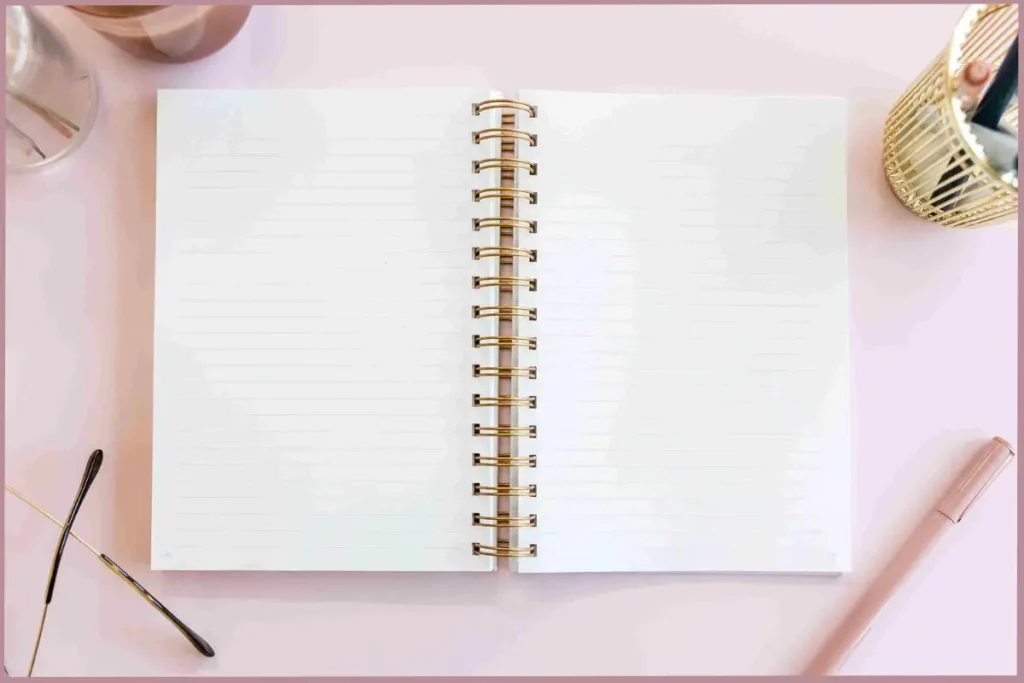
At its core, self-discovery journaling is an intentional practice of reflection. It’s about asking yourself meaningful questions and allowing your answers to flow freely without judgment.
When journaling for self-discovery, you don’t need to worry about grammar, spelling, or even making sense – your journal is your space to be completely honest and authentic.
Self-discovery journaling is not about perfect sentences or profound insights – it’s about giving yourself permission to explore who you are, one word at a time. It’s about showing up for yourself, one page at a time.
Whether you’re starting with just a few minutes a day or diving into deeper reflections, this practice can open the door to personal growth and healing.
For empty nester moms in particular, writing down thoughts and feelings can help transform feelings of emptiness into a renewed sense of purpose. That’s not all. You’ll also enjoy these 12 transformative benefits.
In this guide, I share practical steps to help you begin your journaling journey, drawing from both my own experience and the lessons I’ve learned from working with other women who’ve found their voice through writing.
You’ll discover simple journaling techniques to make the process feel natural and enjoyable.
You’ll also learn ways to establish a sustainable practice, and specific prompts to get you begin journaling for self-awareness.
Let’s get started – your next chapter is waiting to be written.
Getting Started: Basic Journaling Supplies
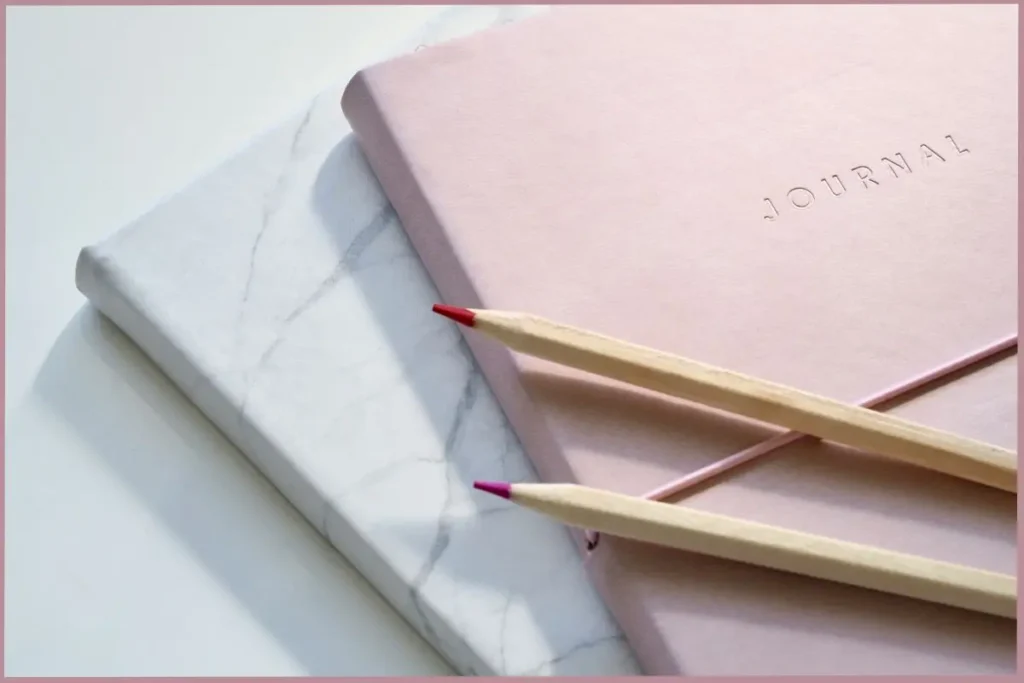
Before we dive into techniques and prompts, let’s set up your journaling practice for success. Here’s what you’ll need:
A Journal That Fits Your Style
A simple notebook if you prefer a clean slate
A guided journal with prompts if you want more structure
A beautiful journal that inspires you to write
A digital note-taking app if you prefer typing
Writing Tools You Enjoy
Smooth-flowing pens that make writing pleasurable
Colored markers or pencils for adding visual elements
Highlighters for emphasizing important insights
Sticky notes for marking significant entries
A Conducive Writing Space
Your journaling space doesn’t need to be elaborate, but it should be:
Comfortable: A spot where you can write without physical discomfort Quiet: Away from major distractions Personal: Decorated with items that inspire you
Accessible: Easy to reach when it’s time to write
I found my perfect spot in my apartment balcony, where morning light streams in and birds flit about in the early sun’s rays.
Your ideal space might be a corner of your bedroom, a comfortable chair in your living room, or even your back porch on pleasant days.
Your First Week of Journaling
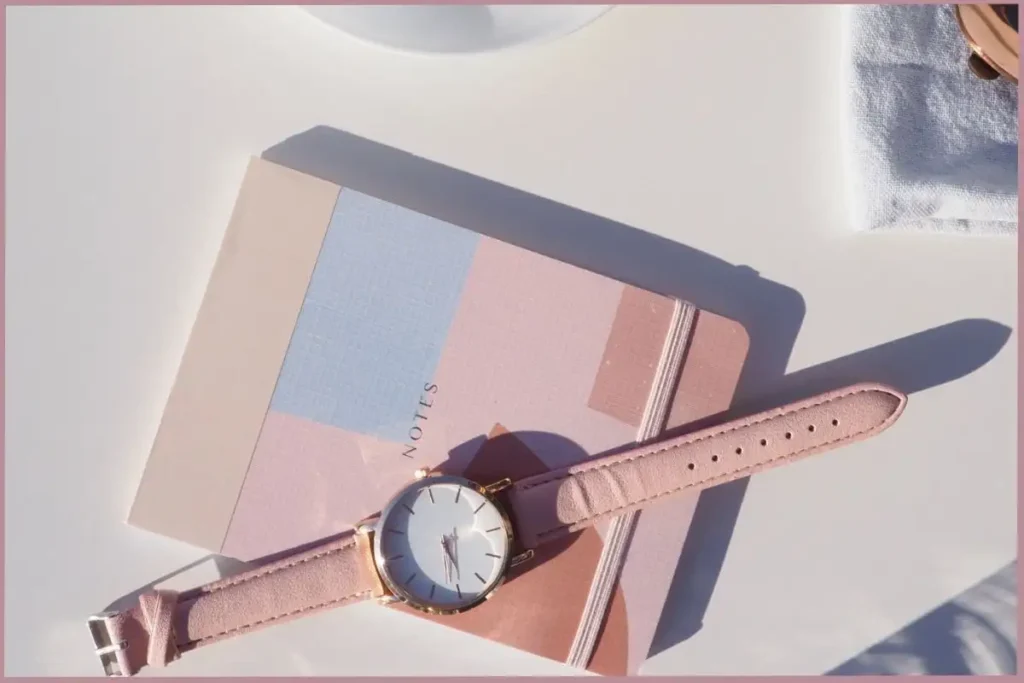
Let’s break down your first week into manageable steps, with simple prompts to spark your writing:
Day 1: Write about why you want to start journaling
“I’m starting this journal because…” or “What I hope to discover through writing is…”
Day 2: Describe your ideal day
Start with morning coffee and walk through each hour. What would you do? Who would you see? How would you feel?
Day 3: List three things that brought you joy today
Focus on small pleasures – the first sip of morning tea, a call from a friend, the way sunlight plays on your wall
Day 4: Write about a change you’re considering
It could be as simple as rearranging your living room or as significant as starting a new venture
Day 5: Explore a memory that makes you smile
Maybe it’s a favorite vacation, a perfect afternoon, or a moment when you felt completely yourself
Day 6: Write about what gives you energy
Notice what activities make you feel alive – is it creating something, learning something new, connecting with others?
Day 7: Reflect on what you’ve learned about yourself this week
Look back at your entries. What patterns do you notice? What surprises you? What would you like to explore further?
Remember, these self-discovery journal prompts are just starting points. Feel free to write more if you’re inspired, or keep it brief if that feels right.
The goal isn’t to fill pages – it’s to begin tuning into your own voice and thoughts.
Tips for Building & Maintaining Your Journaling Practice
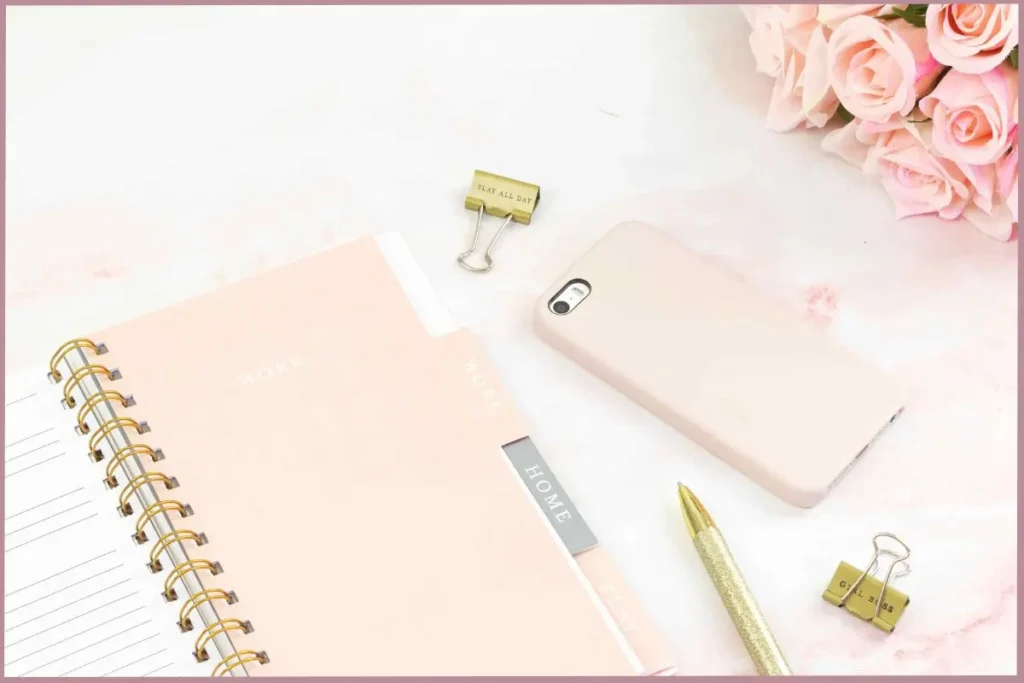
Now that you’ve completed your first week, let’s develop habits that will help your journaling practice flourish:
Identify Your Best Time
Pay attention to when you feel most receptive to writing:
Morning Pages: If you’re an early riser, try writing while the house is quiet and your mind is fresh. I discovered that 15 minutes with my morning coffee has become a cherished ritual.
Evening Reflection: You may find that writing before bed helps process the day’s experiences and leads to better sleep.
Midday Check-in: A lunch break can be perfect for a quick writing session, helping you reset for the afternoon.
Create Sustainable Habits
Start Small: 5-15 minutes is enough to begin
Be Consistent: Choose a time you can maintain
Link to Existing Habits: Connect writing to something you already do daily, like having your morning tea or settling into your favorite chair after dinner
Find Your Voice
Your journaling voice is like having a conversation with yourself – it should feel natural and authentic.
Not sure what journaling style would work for you?
Start with stream of consciousness writing. This journaling style encourages you to write whatever comes to mind without editing. Let your thoughts flow freely onto the page without worrying about grammar or punctuation.
As you write notice what topics naturally emerge.
Try Different Writing Styles:
Letters to Yourself: “Dear Future Me…” or “Dear Past Self…” Write about your hopes, acknowledgments, or lessons learned
Dialogue Format: Have a conversation on paper between different parts of yourself Example: Your cautious side discussing changes with your adventurous side
List Making: Sometimes bullet points feel easier than paragraphs Great for days when you have less time or energy
Story Snippets: Capture small moments from your day Describe scenes that caught your attention Record conversations that made you think
Moving Beyond the Basics
As your practice grows, explore these ways to deepen your journaling experience:
Explore Different Themes – Dedicate different journal sections to specific areas of your life:
- Creative Projects
- Travel Dreams
- Personal Growth
- New Skills to Learn
- Books That Inspire
Add Visual Elements – Enhance your writing with:
- Small sketches
- Color coding for different types of entries
- Inspiring quotes in decorative lettering
- Collected items like ticket stubs or pressed flowers
Reflect on Your Entries
Monthly Reviews: Look back at your entries to notice patterns
Future Vision: Write about where you’d like to be in 3, 6, or 12 months
Celebration Pages: Record accomplishments, breakthroughs, and moments of joy
Reflective Prompts for Deeper Exploration
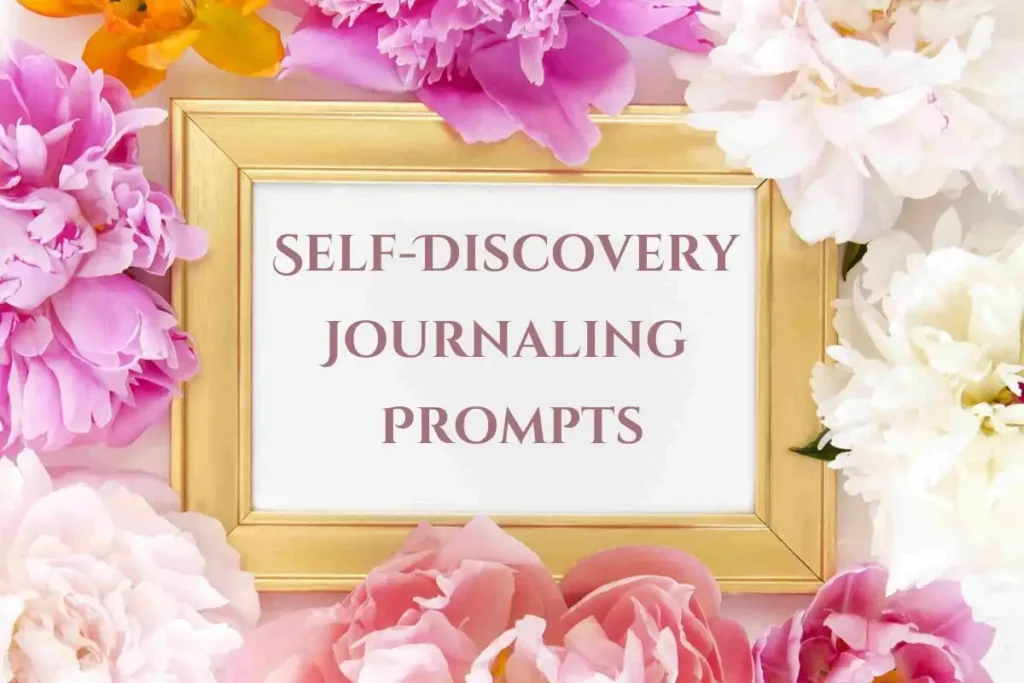
When you’re ready to dive deeper, try these thought-provoking prompts:
“What would I do if I knew I couldn’t fail?”
“Which parts of my younger self would I like to reconnect with?”
“What new paths am I curious about exploring?”
“What does my ideal next chapter look like?”
“What forgotten dreams are ready to be revisited?”
Use these 31 reflective journal prompts or 36 inspiring journal prompts to start journaling to rediscover yourself during your empty nest stage. Use them in any order and repeat any prompts that you feel called to at any session.
Remember, your journaling practice will evolve as you do. Let it be flexible enough to grow with you while remaining structured enough to sustain you.
Think of these journaling techniques as tools in your writing toolkit – use what serves you best in any given moment, and don’t be afraid to experiment with new approaches as you continue your journey.
Taking Your First Steps
As you stand at the beginning of your journaling journey, remember that every writer – even those with decades of filled journals – started exactly where you are now: with a blank page and the courage to begin.
Your journaling practice doesn’t need to be perfect. Some days you’ll write pages, others just a few lines. Some entries will flow easily, others might feel more challenging. This is all part of the natural rhythm of developing a new practice.
Simple Steps to Begin Today
Choose your journal and favorite pen
Find a quiet spot where you feel comfortable
Set a timer for just 5 minutes
Open to the first page and write today’s date
Start with “Here I am, beginning…”
Remember:
Every word you write is a step forward
Your journey is unique to you
There’s no “falling behind” – you can always begin again
Small, consistent steps create lasting change
Keep this guide handy as you begin. Return to the prompts when you need inspiration, try new techniques when you’re ready to explore, and adjust the practice to fit your life.
The blank page before you isn’t just paper – it’s an invitation to discover yourself anew. Your pen is ready, your journal is waiting, and your story is eager to unfold.
Take a deep breath, open your journal, and begin.
Your journey starts now!



